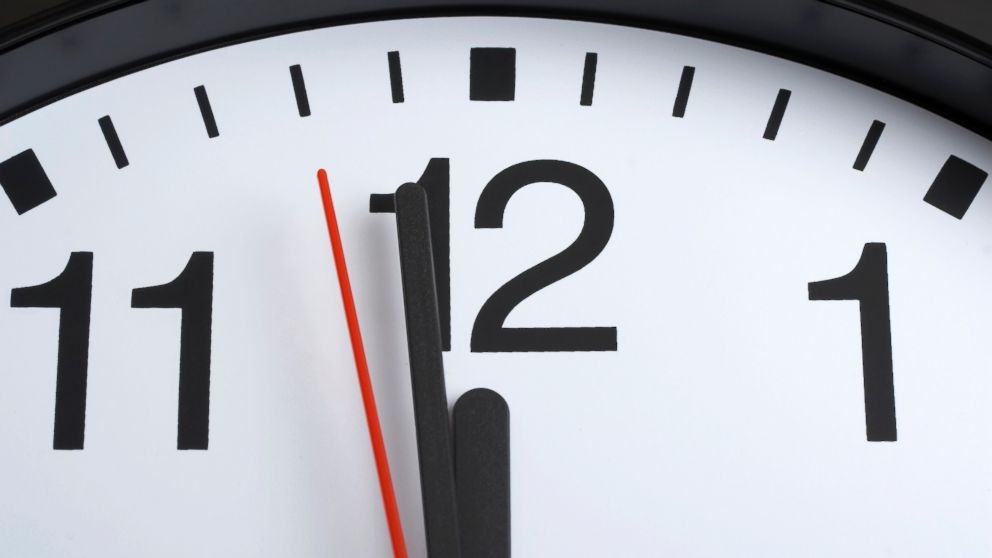Leap Second: Why June Will Be 1 Second Longer
Extra second will adjust for the mismatch between clocks and Earth's rotation.

— -- It's a dreaded day for many Internet companies: On June 30, an extra second will be added to the clock, creating the potential to wreak havoc on computer systems not equipped to handle the change.
The International Earth Rotation and Reference Systems (IERS) announced an extra second will be added at the end of June to account for a discrepancy between Earth's rotation and the atomic clock.
The extra second will be added as the clock strikes midnight universal time, meaning the extra second will come for people in the United States at 8 p.m. EDT.
Leap seconds can be added in June or December, according to IERS. There have been 25 instances since 1972 of an extra second being added.
When the time comes, clocks synchronized to standard civil time will show the extra second as :60, however it's possible that programs not equipped to handle the extra second could have an issue.
Amazon Web Services said it plans to "implement alternative solutions to avoid the ':60' leap second. This means that AWS clocks will be slightly different from the standard civil time for a short period of time."
When the last leap second was added on June 30, 2012, it caused issues with a number of websites, including Qantas, LinkedIn and Yelp, according to reports at the time.




